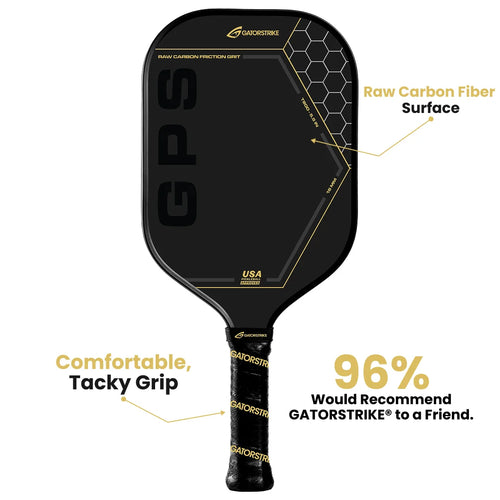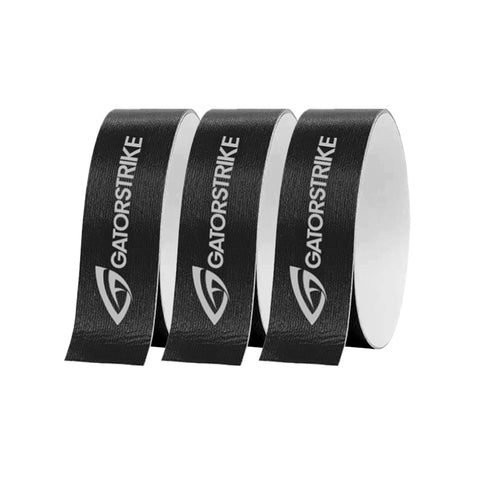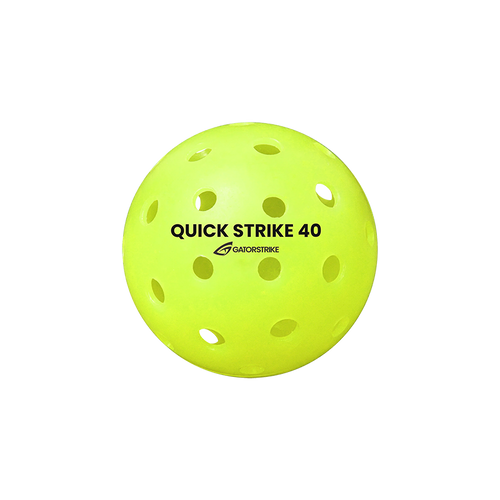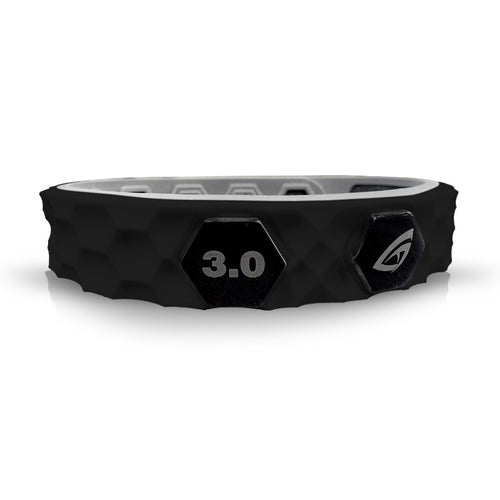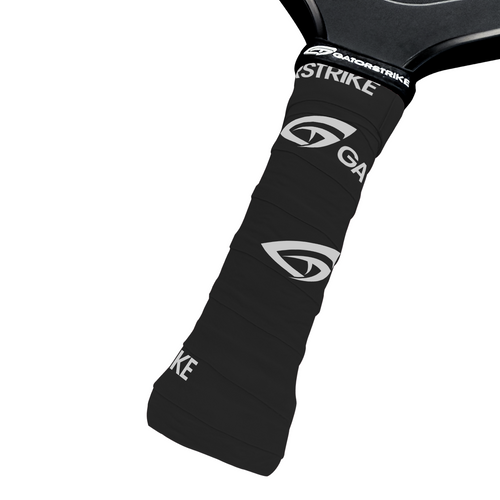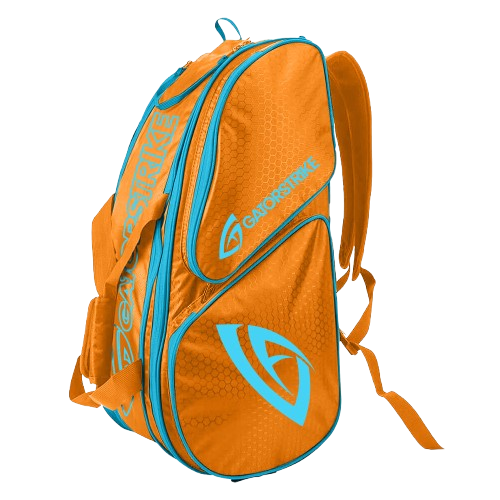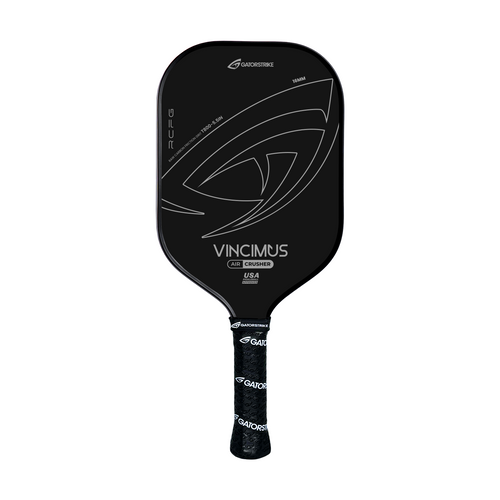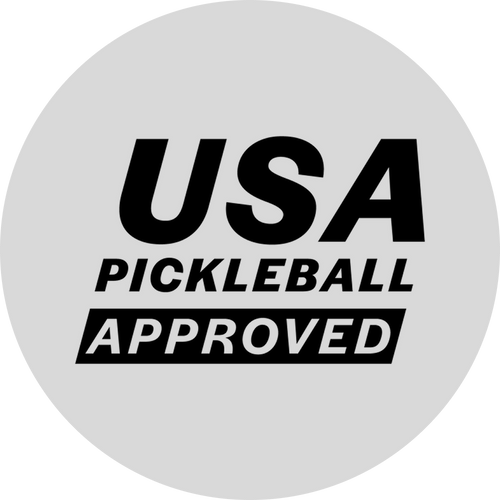
Mastering the Third and Fifth Shot: Elevate Your Pickleball Strategy
Share
In the intricate ballet of pickleball, every shot has its purpose and rhythm, but none are as pivotal as the third and fifth shots. These two strokes are the backbone of an effective game strategy, serving as a bridge between the chaos of the serve-and-return phase and the finesse of the kitchen battle. Mastering these shots is not merely a skill—it’s an art form.
In this article, we’ll delve into the nuances of the third and fifth shots, why they’re essential, and how to master them to elevate your pickleball prowess.
Understanding the Third Shot: The Foundation of Control
What is the Third Shot?
The third shot is the stroke executed by the serving team after the return of serve. It is often a drop shot aimed at landing softly in the opponent's kitchen, neutralizing their positional advantage and setting up a more balanced rally.
Why It’s Crucial
The third shot dictates the flow of the game. A well-executed third shot allows the serving team to transition from the baseline to the net, leveling the playing field. A poorly executed one, however, can leave the serving team vulnerable to aggressive returns.
Types of Third Shots
- Third Shot Drop: A soft, controlled shot landing just over the net.
- Third Shot Drive: A more forceful shot aimed at the opponent’s feet or open spaces.
Key Tips for Mastering the Third Shot
- Perfect the Arc: A successful drop shot has a gentle arc, ensuring it clears the net but lands softly in the opponent’s kitchen.
- Focus on Placement: Aim for the middle or at the feet of opponents to reduce their offensive options.
- Practice Patience: The third shot is not about power; it’s about precision and timing.
Decoding the Fifth Shot: A Continuation of Strategy
What is the Fifth Shot?
The fifth shot is the response after your third shot has been returned by your opponents. It’s often a second opportunity to establish control if the third shot wasn’t ideal.
Why It’s Essential
The fifth shot can recover a rally that started on uneven footing. It’s your chance to maintain momentum or regain it if the third shot didn’t fully execute your plan.
Types of Fifth Shots
- Fifth Shot Drop: Similar to the third shot drop, but often executed under greater pressure.
- Fifth Shot Drive: A quick, sharp shot aimed to disrupt the opponent’s rhythm.
Key Tips for the Fifth Shot
- Evaluate Quickly: Assess the quality of your third shot and your opponent’s return to decide whether to drop or drive.
- Stay Balanced: Keep your body low and stable to respond effectively.
- Adapt to Pressure: The fifth shot often comes with high stakes. Practice scenarios that simulate game pressure to build confidence.
Training Techniques for Third and Fifth Shot Mastery
1. Kitchen Target Practice
Set up cones or markers in the kitchen and practice landing your third and fifth shots in these zones. This improves accuracy and confidence.
2. Baseline-to-Net Transition Drills
Work with a partner to simulate game scenarios where you hit a third shot drop and immediately move forward to prepare for the fifth shot.
3. Pressure Play
Incorporate high-pressure drills where opponents simulate aggressive returns. This builds mental toughness and adaptability.
Common Pitfalls and How to Avoid Them
Overhitting
Both the third and fifth shots require finesse, not force. Focus on touch and placement over power.
Rushing the Shot
Take your time to set up your shot, even if the return feels fast-paced. A rushed shot is more likely to go awry.
Neglecting Footwork
Effective footwork is the unsung hero of both shots. Stay agile and ready to reposition after each stroke.
Why These Shots Matter in Competitive Play
At higher levels of pickleball, the third and fifth shots are often the difference between winning and losing. They neutralize aggressive opponents, open up scoring opportunities, and keep you in control of the rally. Mastery of these shots not only improves your technical game but also enhances your strategic thinking and mental resilience.
Conclusion: The Path to Pickleball Mastery
The third and fifth shots are more than just strokes—they are your ticket to controlling the pace, rhythm, and outcome of the game. By dedicating time to understanding, practicing, and refining these shots, you’ll transform from a reactive player into a proactive strategist.
So, grab your paddle, hit the court, and start your journey to mastering the art of the third and fifth shots. With patience, persistence, and practice, you’ll find yourself dominating rallies and elevating your pickleball game to new heights.
